What is a Research Paper Introduction and Why It’s Important
The introduction of a research paper is the first section that presents the topic and sets the stage for the entire paper. It provides essential background information and clearly explains the purpose of the research.
The introduction also outlines the main argument or thesis statement, giving the reader a sense of what the paper will explore.
Here is the purpose of a strong introduction in research paper writing:
- Draws the reader in: It grabs attention and encourages the reader to keep going.
- Sets the context: It gives background information, so the reader understands the topic.
- Explains the purpose: It tells the reader what the paper will discuss and why it matters.
- Introduces the main idea: It clearly states the thesis or main argument of the paper.
- Guides the reader: It outlines what to expect in the rest of the paper.
Parts of Introduction in Research Paper
When you’re starting the research paper, make sure the introduction section includes the following key elements:
- Hook: A sentence or question that grabs the reader's attention and makes them interested in the topic.
- Background Information: Brief details that give context to your research and help the reader understand the topic.
- Research Problem or Question: Clearly state the issue or question your research aims to address.
- Thesis Statement: A clear sentence that outlines the main argument or focus of your paper.
- Purpose and Scope: Explain what your research will cover and why it’s important.
How To Write An Introduction For A Research Paper in 6 Simple Steps
Let’s get familiar with the writing steps one should take to write the perfect introduction for their research papers.
Step 1: Start with a Hook or Attention Grabber
How do you start an introduction for a research paper? Well, the clear answer is a hook statement.
The first sentence should immediately catch your reader’s attention. This is important because it sets the tone for the rest of the paper. A good hook could be an interesting fact, a provocative question, a relevant quote, or a surprising statement that makes the reader want to keep reading.
Why it matters: The goal is to engage the reader right from the start. If the hook is intriguing, it sparks curiosity about your topic and draws the reader into the research you're presenting.
A hook can take different forms depending on your topic and the tone of your paper, such as:
- A surprising fact or statistic: "Over 90% of the world’s data has been created in the last two years."
- A question: "What if machines could think for themselves?"
- A quote: "The only way to do great work is to love what you do." — Steve Jobs
- An anecdote: A short, interesting story related to your topic.
Example:
- "Imagine a world where robots can seamlessly assist with everyday tasks, from taking care of the elderly to helping in medical procedures. While this sounds like science fiction, robotics technology is making this a reality."
Step 2: Introduce the Topic Broadly
Once you have the reader's attention, you need to introduce the general area of research. This involves providing some background information on the topic you're studying. You want the reader to understand the context and why the topic matters.
Why it matters: By introducing the broader topic, you provide a foundation for your specific research. This section gives the reader enough context so they can follow along with the specific problem or gap you're addressing.
Example:
- "In recent years, we’ve seen incredible strides in the development of robotics. Technologies like autonomous robots, drones, and AI-driven systems have already started transforming industries such as healthcare, manufacturing, and logistics. Robots can now perform complex tasks in controlled environments, helping with everything from delivering medications to assembling cars."
In this step, you’re expanding the scope of your topic and providing context for your research. By demonstrating your knowledge of the topic's history and literature review, you establish credibility as a researcher.
Step 3: Narrow Down to the Specific Research Problem
After giving a broad view of the topic, the next step is to focus on the specific issue or challenge your research addresses. You need to clearly define the research problem that your study will investigate. This is where you identify a gap in existing research or a challenge that hasn’t been adequately addressed.
Why it matters: This is where the reader starts to understand the purpose of your paper. Instead of continuing with broad generalizations, you show exactly what problem you aim to solve or explore.
Example:
- "However, a major challenge remains in human-robot interaction (HRI). Despite robots becoming more capable in specific tasks, they often struggle to interact effectively with humans, particularly in dynamic environments like homes or hospitals. Many robots still have trouble recognizing human emotions, responding appropriately to commands, or adapting to changes in their environment."
By narrowing down the topic to a specific problem, you’re telling the reader exactly what your research will focus on. This helps them understand why your study is necessary and what you aim to achieve.
Step 4: State the Research Question or Objective
This is where you tell the reader exactly what your research intends to discover, prove, or investigate. Whether it’s a specific question you’re trying to answer or an objective you're working to achieve, this step defines the direction of your paper.
Why it matters: The research question or objective gives your paper a clear focus. It helps both you and your reader stay on track as you progress through the paper. This step also makes it easy for the reader to understand the scope of your work and what you hope to accomplish.
Example:
- "This study seeks to explore how advanced computer vision algorithms can improve human-robot interaction in dynamic environments. Specifically, it investigates how these algorithms can help robots better understand human gestures, emotions, and environmental changes, thus improving their interaction with humans in real-world settings."
By stating the research question or objective, you make it clear what your paper is aiming to achieve. This helps set expectations for the reader and gives the paper a clear focus.
Step 5: Explain the Rationale or Motivation for the Study
In this step, you need to explain:
- Why your research is important
- What is the motivation behind studying this topic
- Why should the reader care about your research?
The rationale outlines the real-world implications of your work and how it could contribute to advancing knowledge in your field.
Why it matters: The rationale or motivation justifies your study. It helps the reader understand why you chose this particular topic and why it’s significant to research. This section should convince the reader that the problem you’re addressing is worth solving.
Example:
- "The development of robots that can interact effectively with humans in everyday environments could revolutionize industries such as healthcare, eldercare, and personal assistance. For example, assistive robots could help elderly people maintain independence, provide medical support in hospitals, and ensure safety in workplaces. By improving human-robot interaction, this research has the potential to impact both the technological field and real-world applications, benefiting a wide range of industries and individuals."
The rationale explains why your research is significant, both in terms of advancing technology and in its practical, real-world benefits. It also gives the reader a sense of the broader impact of your work.
Step 6: Outline the Structure of the Paper
In some cases, especially for longer or more complex research papers, it’s helpful to briefly outline the research paper's overall structure. This step gives the reader a roadmap of what to expect in the upcoming sections.
You don’t need to go into too much detail, but a brief outline can guide the reader through the paper.
Why it matters: Giving a brief overview of the structure helps the reader follow the flow of the paper. It makes the paper easier to navigate and shows that you have a clear plan for how your research is organized.
Example:
- "The paper begins by reviewing existing literature on human-robot interaction, highlighting key challenges and advancements in the field. Following this, the methodology used to test the proposed computer vision algorithms will be discussed, followed by an analysis of the results. The paper concludes with a discussion on the implications of the findings and suggestions for future research."
This step helps set the reader’s expectations for how the paper is organized. It makes your paper easier to follow and shows you’ve thought through how to present your research in a clear, logical manner.
Below is an infographic that outlines each section of the introduction clearly.

How Long Should An Introduction Be For A Research Paper?
The introduction of a research paper should usually be around 10% of the total length of the paper. For a standard research paper of 10-15 pages, this means the introduction would be about 1-1.5 pages long.
Generally, it should be long enough to provide context, explain the research problem, and outline the study's objectives, but not so long that it overwhelms the reader with too much detail.
When Should I Write the My Research Paper’s Introduction?
It’s often best to write your research paper’s introduction after finishing the main sections, like the methodology, results, and discussion. This way, you have a clearer understanding of your findings and can introduce your topic more effectively.
Starting with a rough draft is fine, but polish it last for the best clarity and focus.
What is the CARS Model for Writing Introductions?
The CARS Model (Create A Research Space) is a helpful framework you can use to write clear and engaging research paper introductions.
Developed by John Swales in 1990, it guides you through setting up your topic in a way that catches the reader’s interest and highlights the importance of your research.
The CARS Model has three simple steps you can follow:
- Establish the Territory: Start by giving some background on your topic and explaining why it’s important. This helps the reader get familiar with the general area of your research.
- Establish the Niche: Point out a gap in existing research or a problem that hasn’t been solved yet. This step shows why your study is needed and sets up the focus of your paper.
- Occupy the Niche: Finally, explain how your research will fill this gap. Clearly state your research question or objective and give a brief idea of your approach or methods.
Research Paper Introduction Examples
Let's explore how to write an introduction paragraph for a research paper with the help of examples that show important elements and techniques.
If you are looking for more examples, explore our research paper examples blog!
Tips to Write a Strong Introduction for Your Paper
Here are some quick tips to help you write an effective introduction for your research paper:
- Start Broad, Then Narrow Down: Begin with a general overview of your topic to set the context, then gradually narrow it down to the specific issue you’re addressing.
- Avoid Detailed Methods Here: Don’t dive into the specifics of your methodology. A brief mention is fine, but save the details for the methods section
- Define Key Terms: If your paper uses technical terms, define them early to avoid confusion.
- Include a Clear Thesis: Your thesis statement should be easy to find and clearly show the purpose of your research.
- Highlight the Relevance: Explain why your research matters and how it connects to current issues or debates.
- Keep It Relevant: Stay focused on the topic at hand. Every sentence in your introduction should serve the purpose of explaining your research problem or motivating your study.
- Stay Objective: Keep your tone academic and focused on facts, avoiding overly emotional or exaggerated claims.
- Know Your Audience: Adjust the complexity of your introduction depending on who will be reading it.
All in all, this blog addresses your concerns about how to write an introduction paragraph for a research paper by providing a detailed overview. We have also provided examples so you can take assistance from existing samples.
But if you need expert help, it is never too late to place your research paper order with SharkPapers.com!
Our professional paper writing service will craft 100% original and customized papers according to your needs, ensuring timely delivery, every time!
So, why wait? Get an expert to address your “Write my research paper” query today!










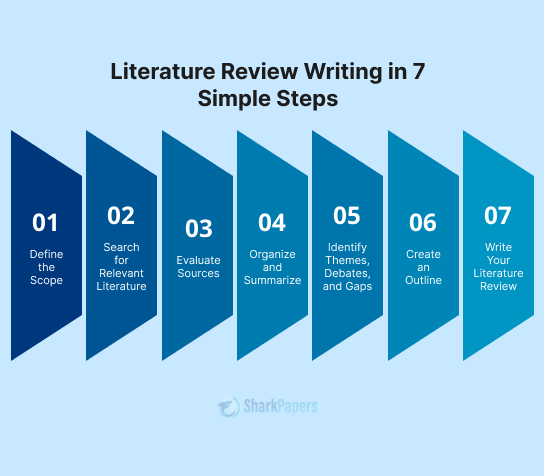





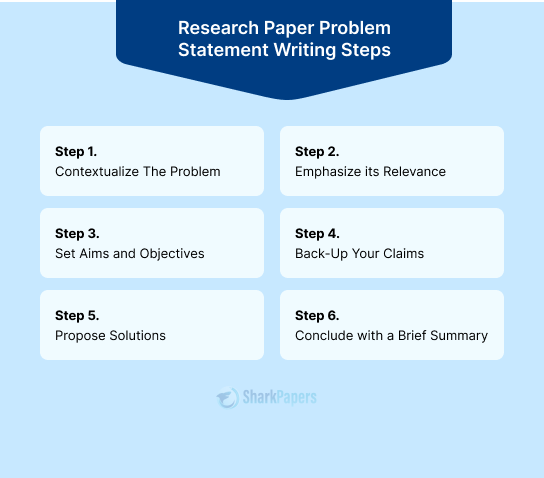
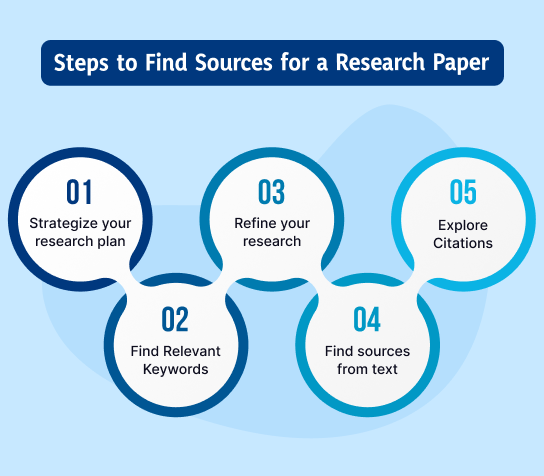
)






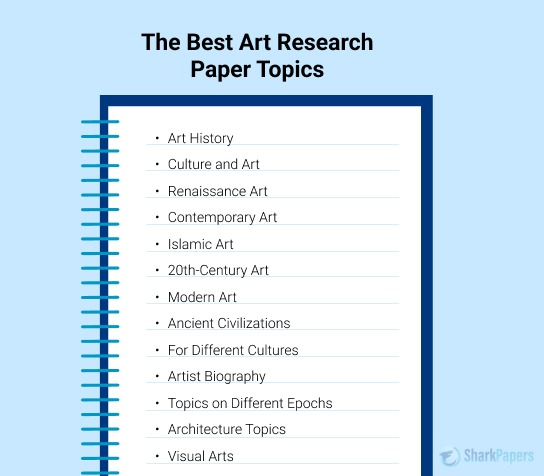



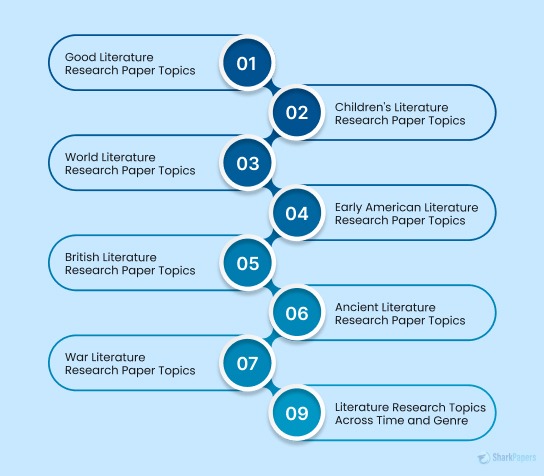




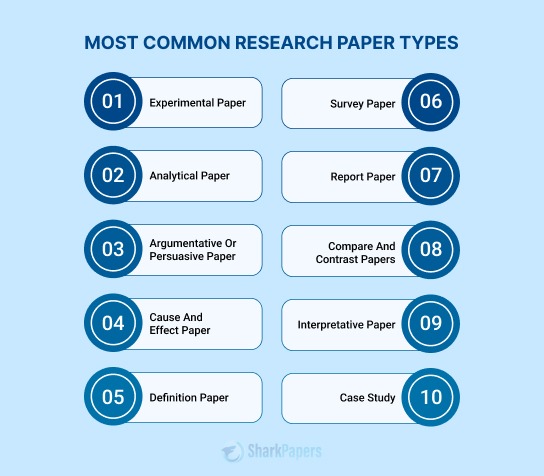

















-12114.jpg)














 Not seeing it? Check Promotions or Spam — inboxes get protective.
Not seeing it? Check Promotions or Spam — inboxes get protective.